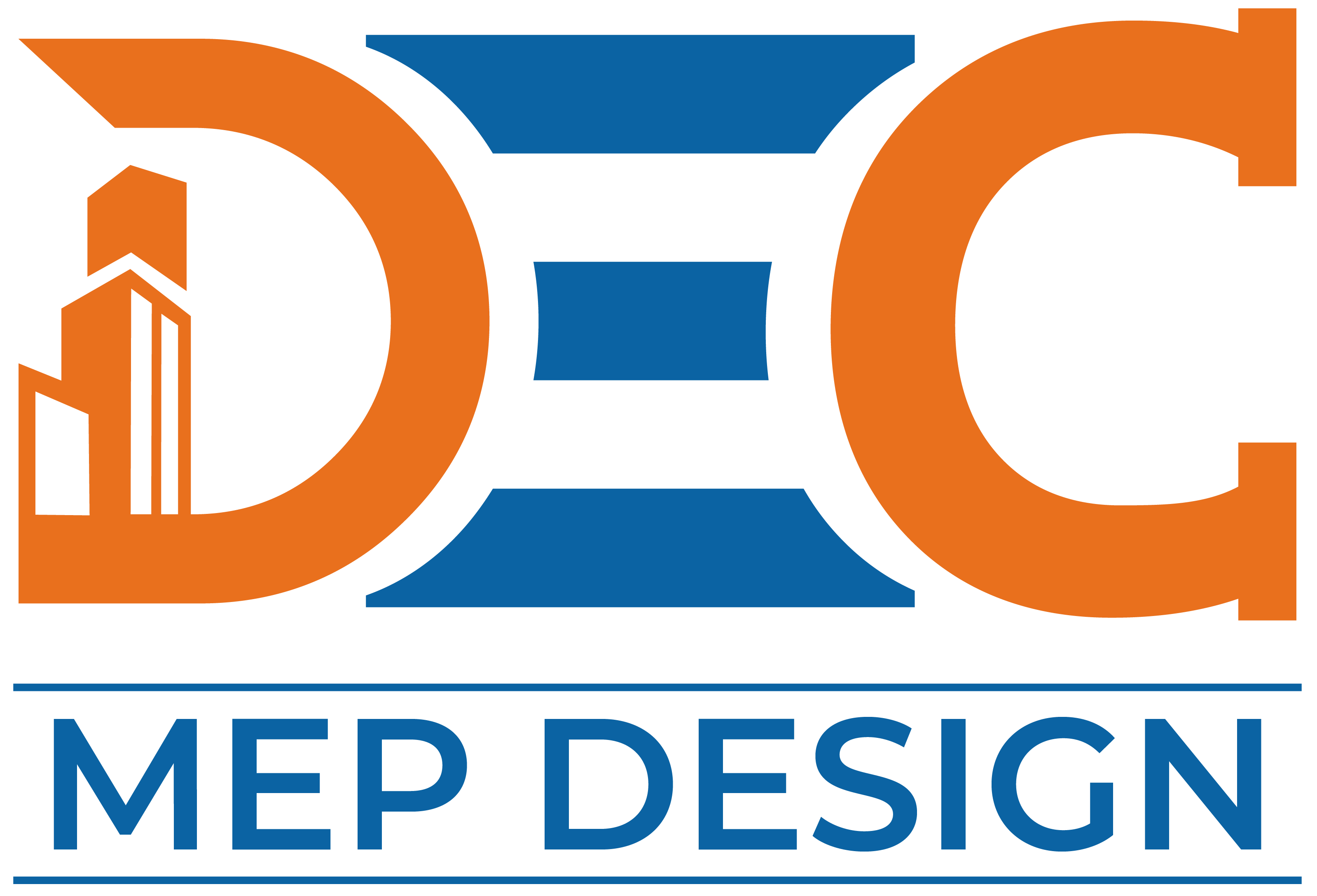How to Prevent Over-Engineering in Building Components
In building and engineering, designing and constructing components properly is essential to producing safe, durable, and cost-effective structures. A problem that commonly presents itself, though, is over-engineering, where a component is made to be stronger or more complicated than it needs to be for its purpose. This can cause higher costs, waste of resources, and longer construction times. In this blog, we’ll explore what over-engineering is, why it happens, and how to prevent it in building components to achieve optimal results.
What is Over-Engineering
Over-engineering is a process of making a product or part more than as much as required stronger, more complex, or detailed for its intended use. In building parts, it can involve adding extra supports or unnecessary features, increasing the cost, and even causing delays. Some examples are employing a higher material grade or building a foundation capable of carrying loads way higher than required, and with resultant unnecessary wastage of resources.
Causes of Over-Engineering
- Lack of Clear Requirements: In many cases, over-engineering arises due to a lack of clarity in project requirements or lack of misunderstanding between the customer and the design team. This results in developing components that are more complex than necessary.
- Fear of Failure: Engineers overdesign with very strong systems to ensure that the component is not going to fail at all. Although safety has immense importance, it can result in a highly expensive budget and an extended period of construction.
- Inexperience: New or junior engineers or engineers for a specific project can use conservative designs to eliminate new potential risks, much more projecting structural needs or performance specifications.
- Designing to Excessive Standards: Engineers can design the highest security standards, even when the case does not call for such standards. It can give rise to high-to-essential power content or complex systems that go beyond the required standards.
How to Prevent Over-Engineering
- Clear and Detailed Requirements: To avoid over-engineering, make sure the project requirements are clearly outlined. This means that the objective will experience component to understand the ability to carry weight, safety code, and environmental conditions. Having a clear picture of these ideas will enable you to make appropriate decisions in the design.
- Collaborative Design Process: Include all, such as architects, engineers, and customers, in the design process. Regular meetings can ensure that any uncertainty, requirements, and misunderstandings and the design is addressed, and the design remains on course. Cooperation ensures unnecessary growth in facilities to avoided and ensures that the design lives within limits.
- Implementing Performance-Based Standards: Instead of following the most important standards, engineers should plan unique performance objectives and criteria for the project. It prevents over-engineering but suits the component for its purpose.
- Use of Simulations and Modeling: Advanced engineering equipment, such as finite element analysis (FEA), can predict the performance of a building element under stress. Through simulation of different conditions, engineers can determine efficient uses of materials and structural needs so that the element is not over-engineered.
- Optimizing Materials and Methods: Select materials and techniques that are performance-elastic-skilled. Sometimes, can avoid unnecessary costs without pushing beyond using materials for specified strength.
- Peer Review and Feedback: Having multiple engineers review designs can help identify areas where a component may be over-engineered. Peer feedback allows for the consideration of alternate, more efficient solutions that still meet all necessary criteria.
- Stay Informed on Technological Advancements: Advances in materials science, construction techniques, and design software can offer new, more efficient solutions that reduce the need for over-engineering. Staying updated on these technologies helps engineers design smarter and more effective components.
Conclusion
Over-engineering building components can be useless and disabling, resulting in prolonged schedules, use of unnecessary materials, and high project costs. To prevent this, a balanced system must be employed through proper communication, proper understanding of the project demands, and incorporating advanced design equipment. If the engineers focus on developing pieces that meet the performance requirements by not adding magnificent complexity, they can maintain budget and time without renouncing security and quality.
By integrating such practices in the design process, engineers are able to effectively prevent over-engineering, which eventually results in more durable and cost-effective projects.
Preventing over-engineering is just one part of building smarter. To take your project success to the next level, explore how strong leadership can empower your team, streamline execution, and ensure top-quality results from concept to completion. Dive into strategies that strengthen collaboration, boost efficiency, and keep your projects on track.
How to Prevent Over-Engineering in Building Components
- Define Clear Project Goals
Understand exactly what the component must achieve (load capacity, lifespan, safety, etc.).
Align on performance expectations early with stakeholders. - Use Fit-for-Purpose Design Standards
Apply only the codes and standards relevant to the component’s actual use.
Avoid defaulting to “one-size-fits-all” safety factors. - Engage in Collaborative Design
Maintain regular communication among architects, MEP engineers, structural consultants, and clients.
Review the scope continuously to avoid unnecessary design revisions or features. - Apply Smart Engineering Tools
Use FEA, load testing, or BIM-based simulations to model the performance of components before finalizing designs.
Evaluate “what-if” scenarios for stress, durability, and safety. - Review & Refine Designs
Conduct peer reviews to identify any excessive material usage or over-specification.
Compare alternate materials and configurations to select cost-effective, sufficient solutions. - Update Knowledge Continuously
Stay current with evolving materials, methods, and digital tools that help streamline design and reduce waste.
Frequently Asked Questions
It leads to higher material costs, longer construction timelines, and inefficiencies. While it may improve safety marginally, the trade-off in cost and sustainability often isn’t justified.
By understanding actual usage loads, avoiding unnecessary system capacity buffers, selecting appropriate equipment sizes, and using energy modeling tools to optimize designs for the real-world environment.
Yes. It often causes procurement delays (due to specialized or excessive materials), longer installation times, and increased complexity in approvals.
Tools such as Finite Element Analysis (FEA), Building Information Modeling (BIM), and load-simulation software can model component performance and optimize design before execution.
It ensures all team members understand the scope and constraints of the project, reducing assumptions and redundant safety margins in the design.





No comment